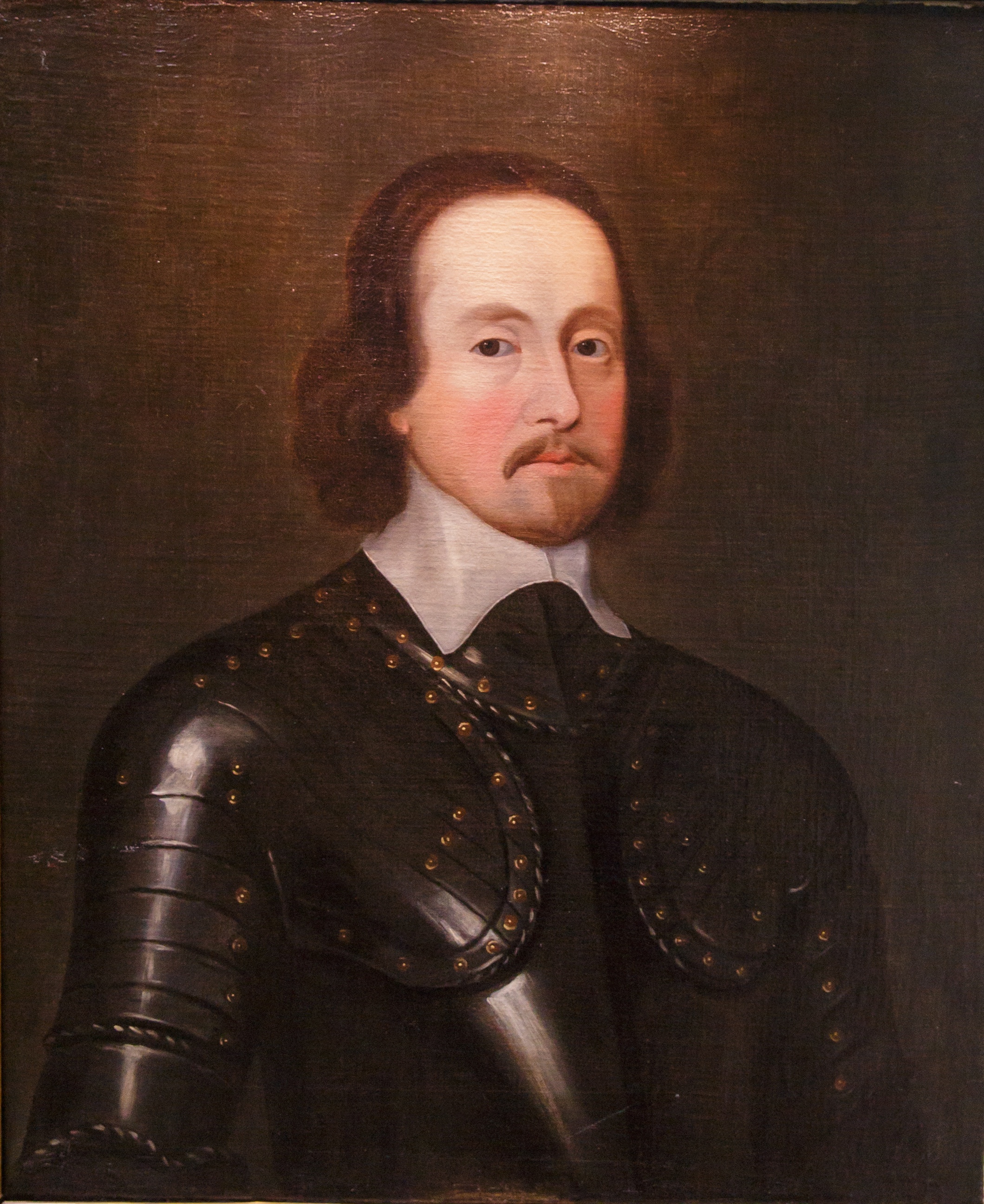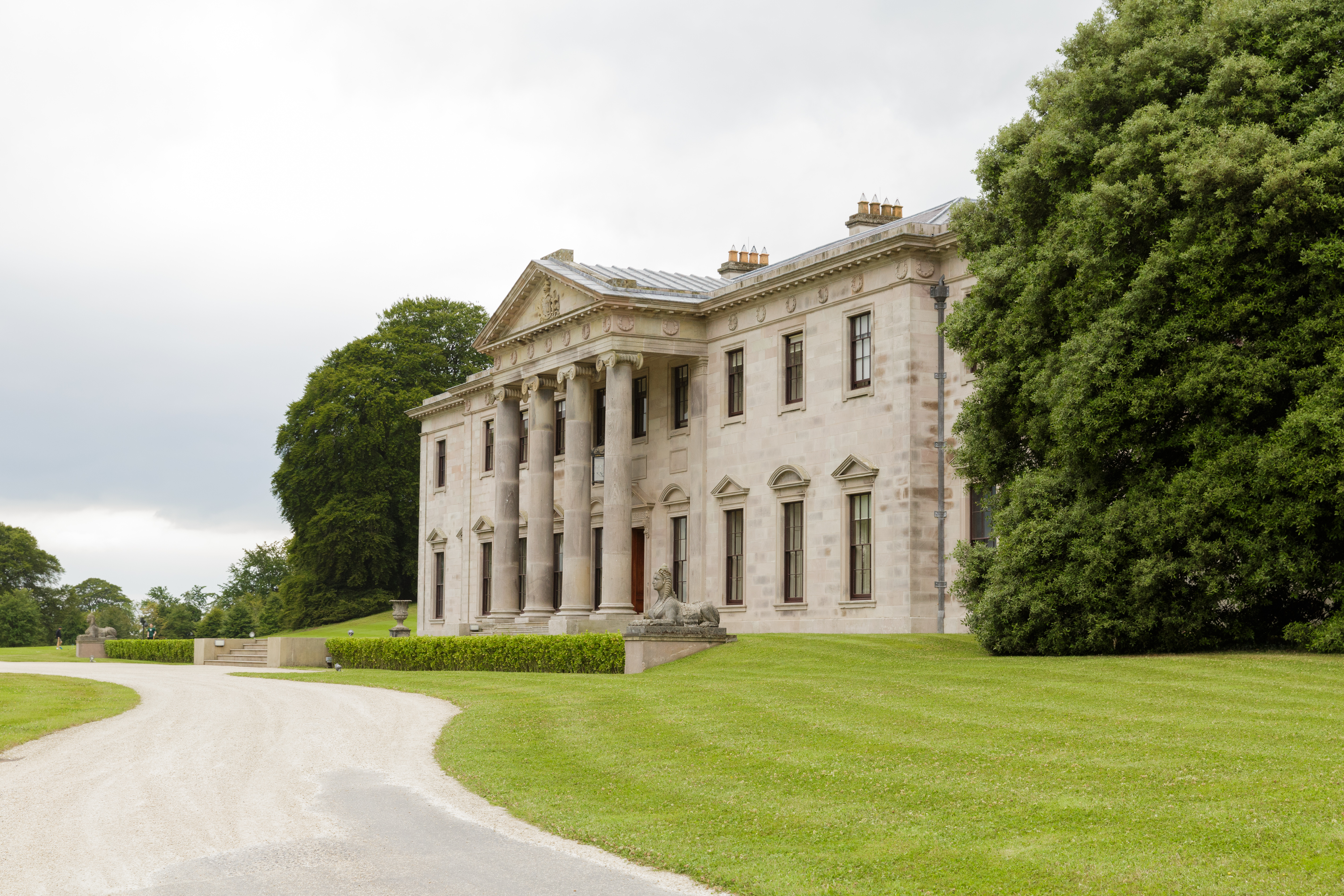Earl Of Mountrath on:
[Wikipedia]
[Google]
[Amazon]


 There have been two
There have been two
 *
*
 * Sir Charles Henry Coote, 9th Baronet (1792–1864)
*
* Sir Charles Henry Coote, 9th Baronet (1792–1864)
*


 There have been two
There have been two baronet
A baronet ( or ; abbreviated Bart or Bt) or the female equivalent, a baronetess (, , or ; abbreviation Btss), is the holder of a baronetcy, a hereditary title awarded by the British Crown. The title of baronet is mentioned as early as the 14t ...
cies created for members of the Coote family. The first is Coote of Castle Cuffe, while the second is Coote of Donnybrooke, both in the Baronetage of Ireland. As of 2020, the first creation is still extant. The holders of the first creation also held the title of Earl of Mountrath between 1660 and 1802.
History
Baronetcy of 1621
The Coote Baronetcy, of Castle Cuffe in the Queen's County, was created in the Baronetage of Ireland on 2 April 1621 for Charles Coote. who had moved to Ireland as a soldier and become an administrator. He was succeeded by his eldest son, Charles, the second Baronet, who was raised to thePeerage of Ireland
The Peerage of Ireland consists of those titles of nobility created by the English monarchs in their capacity as Lord or King of Ireland, or later by monarchs of the United Kingdom of Great Britain and Ireland. It is one of the five divisi ...
as Baron Coote, of Castle Cuffe in the Queen's County, Viscount Coote, of Castle Coote in the County of Roscommon, and Earl of Mountrath, in the Queen's County, on 6 September 1660. The titles descended from father to son until the death of the first Earl's great-grandson, Charles, the fourth Earl, in 1715. The latter's two brothers, Henry, the fifth Earl, and Algernon, the sixth Earl, both succeeded in the titles. The sixth Earl was succeeded by his son, Charles, the seventh Earl. In 1800, Charles was created Baron Castle Coote, in the County of Roscommon, in the Peerage of Ireland, with remainder to his kinsman and namesake Charles Coote.
The earldom, viscountcy and barony of Coote became extinct on the seventh Earl's death in 1802, as he left no legitimate male issue, while he was succeeded in the barony of Castle Coote (according to the special remainder) by the aforementioned Charles Coote, the second Baron (see Baron Castle Coote for further history of this title).
The Coote baronetcy was passed on to the late Earl's kinsman, Charles Henry Coote, who became the ninth Baronet. The latter was the great-great-great-grandson of Chidley Coote (died 1668), younger son of Sir Charles Coote, 1st Baronet, and younger brother of the first Earl of Mountrath (the ninth Baronet was also the first cousin once removed of the second Baron Castle Coote). Two of the ninth Baronet's sons, Charles, the tenth Baronet, and Algernon, the eleventh Baronet, who was Sheriff of Queen's County in 1897, succeeded in the title. The title is now held by Algernon's great-great-great-grandson, the sixteenth Baronet, with the baronetcy having descended from father to son.
The family seat was Ballyfin House, near Mountrath
Mountrath () is a small town in County Laois, Ireland. The town lies on the R445 midway between Dublin and Limerick, exactly 96.5 km (60 mi) from both cities. The town was bypassed by the M7 motorway in 2010 leading to a significant ...
, County Laois.
Baronetcy of 1774
The Coote Baronetcy, of Donnybrooke in the County of Dublin, was created in the Baronetage of Ireland on 18 May 1774 forCharles Coote, 1st Earl of Bellomont
Charles Coote, 1st Earl of Bellomont KB PC(I) (6 April 1738 – 20 October 1800), was an Irish peer. He held a senior political position as one of the joint Postmasters General of Ireland. Charles was briefly styled as The 5th Baron Coote bet ...
, with remainder to his illegitimate son Charles Coote. Lord Bellomont was the great-grandson of Richard Coote, 1st Baron Coote, younger son of Sir Charles Coote, 1st Baronet
Sir Charles Coote, 1st Baronet (1581–1642) was an English soldier, administrator and landowner who lived in Ireland.
Birth and origins
He was born into a Devonshire family, the son of Sir Nicholas Coote.
Early life
In 1600 he moved to ...
, of Castle Cuffe (see above and also Earl of Bellomont for earlier history of this branch of the Coote family). On his death in 1800 the earldom and barony of Coote became extinct while he was succeeded in the baronetcy according to the special remainder by his illegitimate son, the aforementioned Charles, the second Baronet. The baronetcy became extinct on the death of the second Baronet's grandson, Charles, the fourth Baronet, in 1920 (the title having descended from father to son).
Several other members of the Coote family may also be mentioned. Sir Eyre Coote
Lieutenant-General Sir Eyre Coote, KB (1726 – 28 April 1783) was a British soldier and politician who sat in the House of Commons from 1768 to 1780. He is best known for his many years of service with the British Army in India. His victory ...
, great-uncle of the ninth Baronet, was a soldier. Robert Coote
Robert Coote (4 February 1909 – 26 November 1982) was an English actor. He played aristocrats or British military types in many films, and created the role of Colonel Hugh Pickering in the long-running original Broadway production of ''My Fai ...
, younger son of the ninth Baronet, was an admiral in the Royal Navy
The Royal Navy (RN) is the United Kingdom's naval warfare force. Although warships were used by English and Scottish kings from the early medieval period, the first major maritime engagements were fought in the Hundred Years' War against ...
. His son Stanley Victor Coote (1862–1925) was High Sheriff of Roscommon in 1900. John Oldham Coote (1921–1993), grandson of Cecil Henry Coote, younger son of the eleventh Baronet, was a captain in the Royal Navy. The Right Reverend Roderic Coote
Roderic Norman Coote OBE (13 April 19156 July 2000) was an Anglican bishop who held three different posts in an ecclesiastical career spanning half a century.
Coote was the son of Commander Bernard Trotter Coote and Grace Harriet Robinson, daugh ...
, son of Commander Bernard Trotter Coote, younger son of the twelfth Baronet, was Bishop of Gambia and the Rio Pongas, Bishop of Fulham, and finally of Colchester
Colchester ( ) is a city in Essex, in the East of England. It had a population of 122,000 in 2011. The demonym is Colcestrian.
Colchester occupies the site of Camulodunum, the first major city in Roman Britain and its first capital. Colch ...
.
Coote baronets, of Castle Cuffe (1621)
*Sir Charles Coote, 1st Baronet
Sir Charles Coote, 1st Baronet (1581–1642) was an English soldier, administrator and landowner who lived in Ireland.
Birth and origins
He was born into a Devonshire family, the son of Sir Nicholas Coote.
Early life
In 1600 he moved to ...
(died 1642)
* Sir Charles Coote, 2nd Baronet (c. 1610–1661) (created Earl of Mountrath in 1660)
Earls of Mountrath (1660)
 *
*Charles Coote, 1st Earl of Mountrath
Charles Coote, 1st Earl of Mountrath (c. 1610 – 17 December 1661) was an Anglo-Irish peer, the son of Sir Charles Coote, 1st Baronet, and Dorothea Cuffe, the former being an English veteran of the Battle of Kinsale (1601) who subsequentl ...
(–1661)
* Charles Coote, 2nd Earl of Mountrath (c. 1630–1672)
*Charles Coote, 3rd Earl of Mountrath
Charles is a masculine given name predominantly found in English and French speaking countries. It is from the French form ''Charles'' of the Proto-Germanic name (in runic alphabet) or ''*karilaz'' (in Latin alphabet), whose meaning was "f ...
(c. 1655–1709)
* Charles Coote, 4th Earl of Mountrath (c. 1680–1715)
*Henry Coote, 5th Earl of Mountrath
Henry Coote, 5th Earl of Mountrath (4 January 1684 – 27 March 1720), styled The Honourable Henry Coote until 1715, was an Irish peer and politician who sat in the British House of Commons from 1715 to 1720.
Coote was the second son of Char ...
(1684–1720)
*Algernon Coote, 6th Earl of Mountrath
Algernon Coote, 6th Earl of Mountrath PC (Ire) (6 June 1689 – 27 August 1744), styled The Honourable Algernon Coote until 1720, was an Anglo-Irish peer who sat as a Member of Parliament in the Parliament of Ireland as well as in the Parliam ...
(1689–1744)
* Charles Henry Coote, 7th Earl of Mountrath (1725–1802) (created Baron Castle Coote in 1800)
Coote baronets, of Castle Cuffe (1621; Reverted)
 * Sir Charles Henry Coote, 9th Baronet (1792–1864)
*
* Sir Charles Henry Coote, 9th Baronet (1792–1864)
*Sir Charles Henry Coote, 10th Baronet
''Sir'' is a formal honorific address in English language, English for men, derived from Sire in the High Middle Ages. Both are derived from the old French "Sieur" (Lord), brought to England by the French-speaking Normans, and which now exist i ...
(1815–1895)
* Sir Algernon Coote, 11th Baronet (1817–1899) (Sheriff of Queen's County in 1897)
* Sir Algernon Charles Plumptre Coote, 12th Baronet (1847–1920)
* Sir Ralph Algernon Coote, 13th Baronet (1874–1941)
*Sir John Ralph Coote, 14th Baronet
''Sir'' is a formal honorific address in English language, English for men, derived from Sire in the High Middle Ages. Both are derived from the old French "Sieur" (Lord), brought to England by the French-speaking Normans, and which now exist i ...
(1905–1978)
* Sir Christopher John Coote, 15th Baronet (1928–2016)
* Sir Nicholas Patrick Coote, 16th Baronet (born 1953)
The heir apparent
An heir apparent, often shortened to heir, is a person who is first in an order of succession and cannot be displaced from inheriting by the birth of another person; a person who is first in the order of succession but can be displaced by the b ...
is the present holder's only son, Rory Alasdair Coote (born 1987).
Coote baronets, of Donnybrooke (1774)
* Charles Coote, 1st Earl of Bellomont, 1st Baronet (1738–1800) * Sir Charles Coote, 2nd Baronet (1765–1857) * Sir Charles Coote, 3rd Baronet (1798–1861) * Sir Charles Algernon Coote, 4th Baronet (1847–1920)See also
* Earl of Bellomont * Baron Castle Coote * Ballyfin DemesneReferences
{{DEFAULTSORT:Coote Baronetcies in the Baronetage of Ireland Extinct baronetcies in the Baronetage of Ireland Baronetcies created with special remainders 1621 establishments in Ireland Coote family